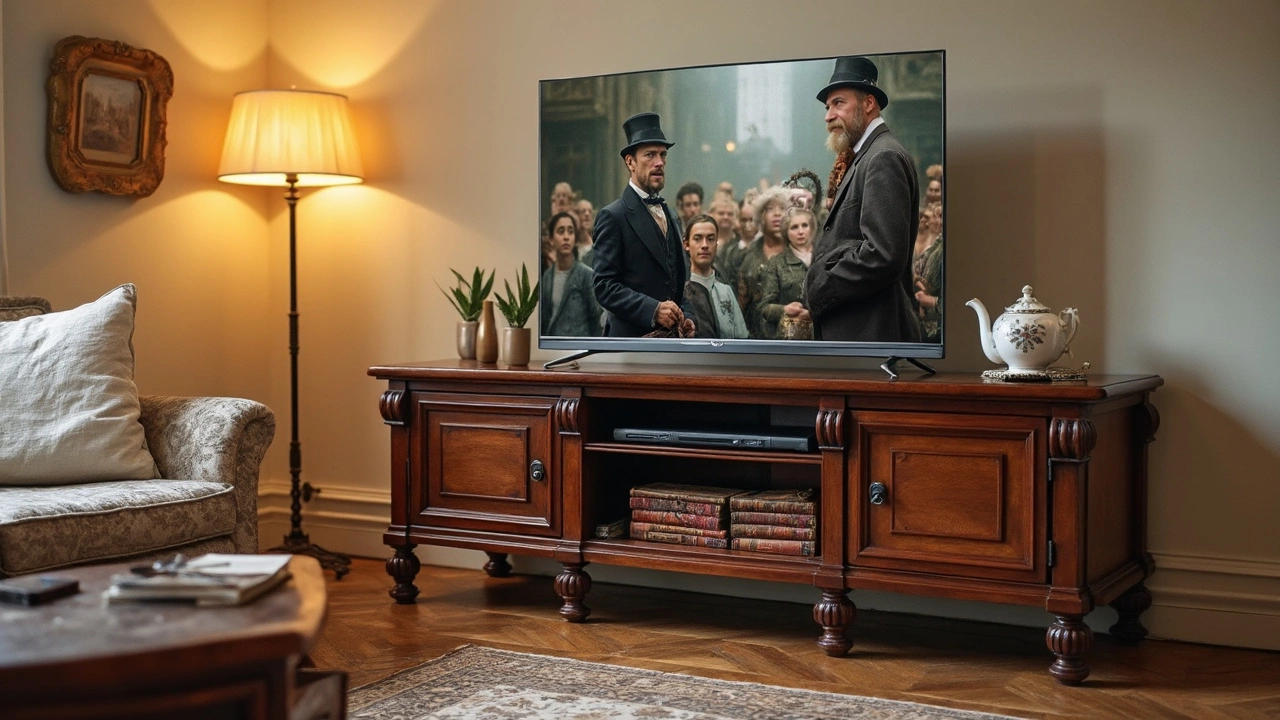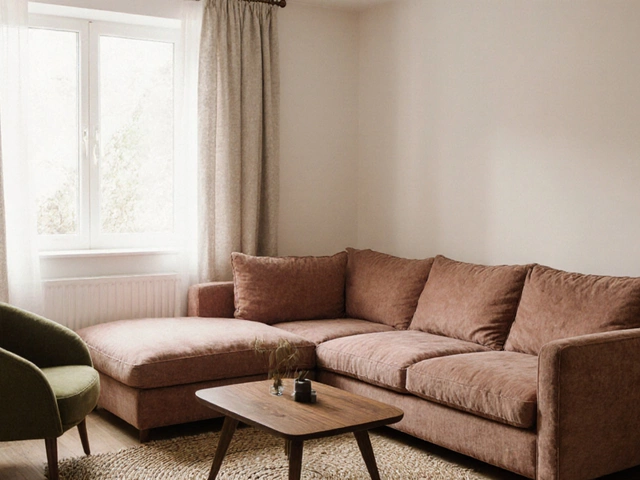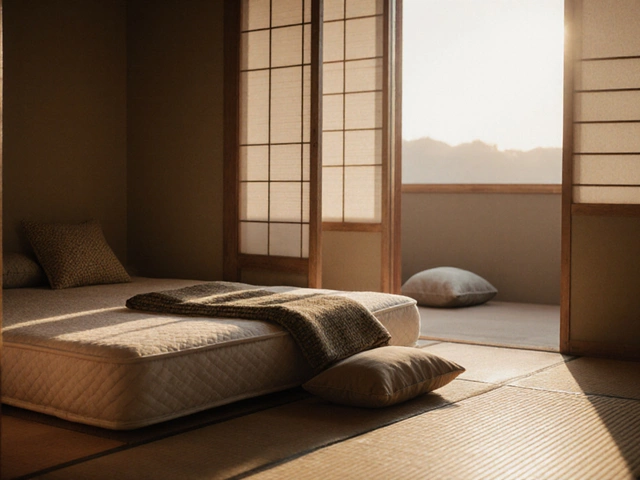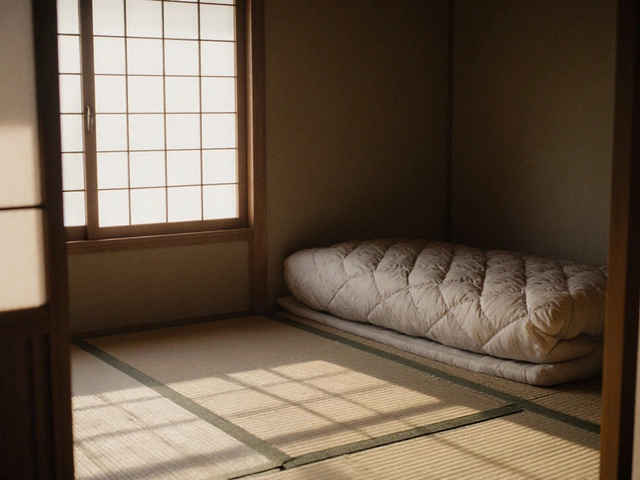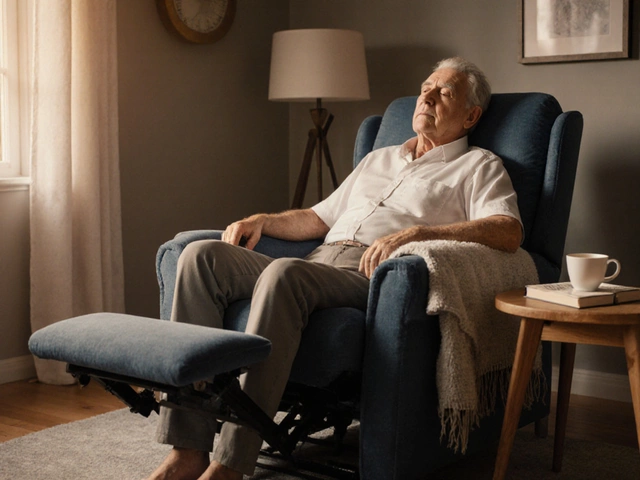TV Furniture: How to Pick the Perfect TV Stand and Mount
Got a new screen and wondering where it should live? The right TV furniture does more than hold a TV – it sets the vibe, protects your gear and keeps the room balanced. In this guide we break down the basics so you can decide fast, without drowning in jargon.
Key Factors to Consider
First up, size. Measure your TV’s width and compare it to the stand’s surface. A safe rule is to pick a stand at least a few inches wider than the TV. That way the screen sits securely and you get a little leeway for speakers or décor.
Next, height. For comfortable viewing, the middle of the screen should line up with eye level when you’re seated. Most sofas sit about 42‑44 inches from the floor, so a stand that puts the screen around 30‑36 inches off the ground works well. If you prefer wall‑mounting, the bottom of the screen should sit about 24‑30 inches high.
Weight capacity is another must‑check. Look at the stand’s rating and match it to your TV’s weight – especially for larger 65‑inch models that can tip the scales. Safety straps or brackets add extra peace of mind for families with kids or pets.
Style matters too. Do you want a sleek low‑profile console, a classic wooden cabinet, or a floating wall mount? Think about the room’s existing furniture. A modern metal stand pairs nicely with a minimalist loft, while a warm oak unit fits a cosy family lounge.
Finally, storage. Many TV stands double as media consoles, offering shelves for gaming consoles, DVD players or books. If you need space for cables, look for models with built‑in cable management holes.
Popular TV Furniture Options
Standard TV Stands – These sit on the floor and come in a range of materials. They’re easy to move and often include extra drawers. Good for renters who may need to relocate.
Entertainment Centers – Bigger than a stand, they provide enclosed storage for media players and décor. They’re perfect if you want a unified look and hide clutter.
Wall Mounts – A mount frees up floor space and gives a clean, gallery‑style feel. Fixed mounts keep the screen flush to the wall, while tilting or full‑motion arms let you angle the TV for optimal viewing.
Floating Consoles – These are low, wall‑mounted shelves that hold the TV and a few accessories. They work well in small rooms where floor space is at a premium.
Multi‑Function Units – Some furniture combines a TV stand with a desk or a bookshelf. If you’re short on room, a hybrid piece can serve two purposes without crowding the space.
When you shop, compare price, warranty and customer reviews. A slightly higher price often means sturdier construction and better after‑sales support. Don’t forget to check the return policy – you’ll know if the piece fits before it’s set in place.
Bottom line: pick a TV furniture piece that matches your TV size, fits your viewing height, supports the weight, and blends with your décor. With the right stand or mount, your screen looks great, stays safe and makes the whole room feel put together.
How Wide Should a TV Stand Be for a 65-Inch TV?
Choosing the right TV stand for a 65-inch TV involves more than just matching the screen size. With so many styles and materials available, it’s essential to consider the stand’s width, height, and overall design to ensure stability and aesthetics. A good rule of thumb is to choose a stand that's a few inches wider than the TV for balance and a harmonious look in your living space. This guide helps you pick the perfect stand to complement your lounge and elevate your viewing experience.
